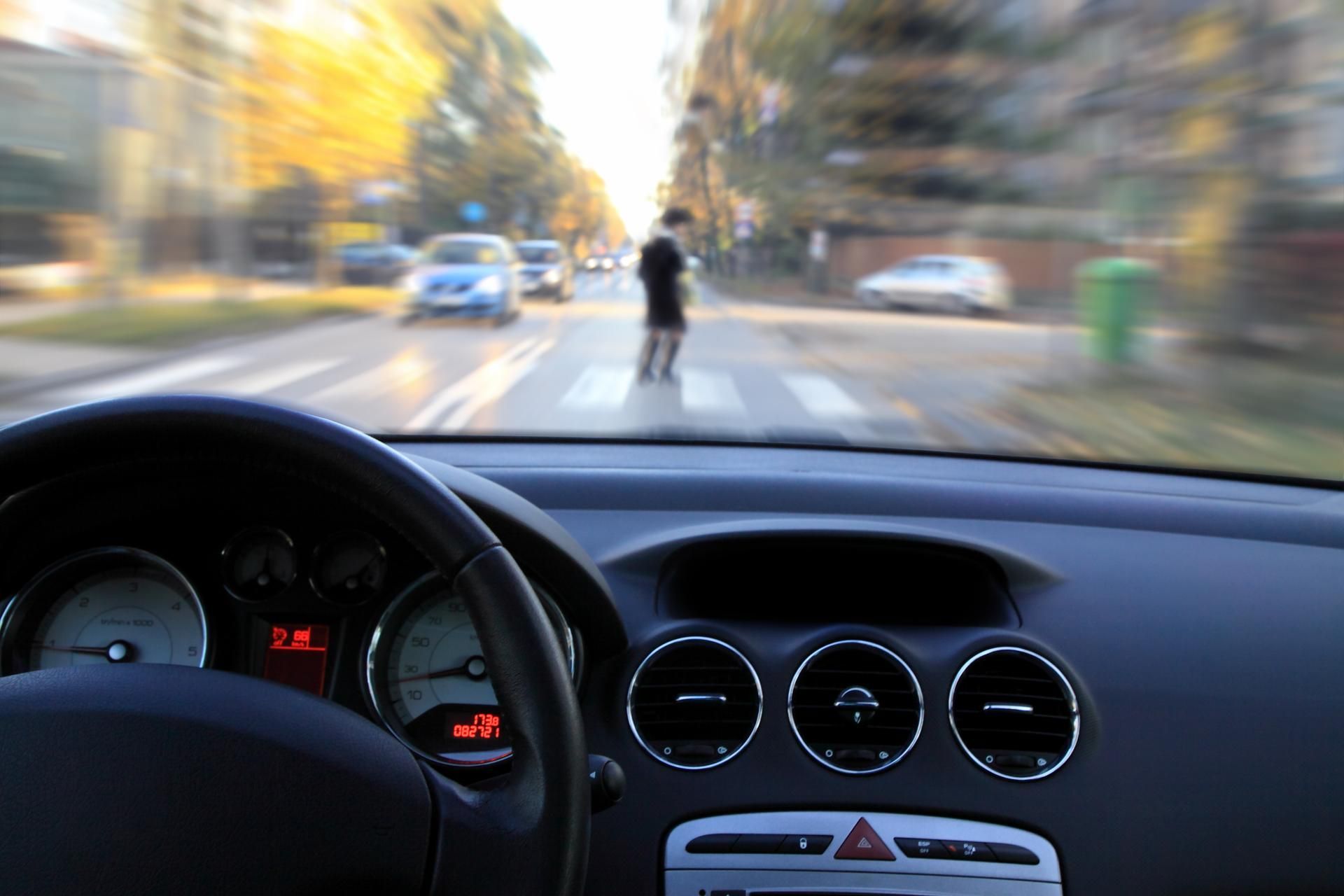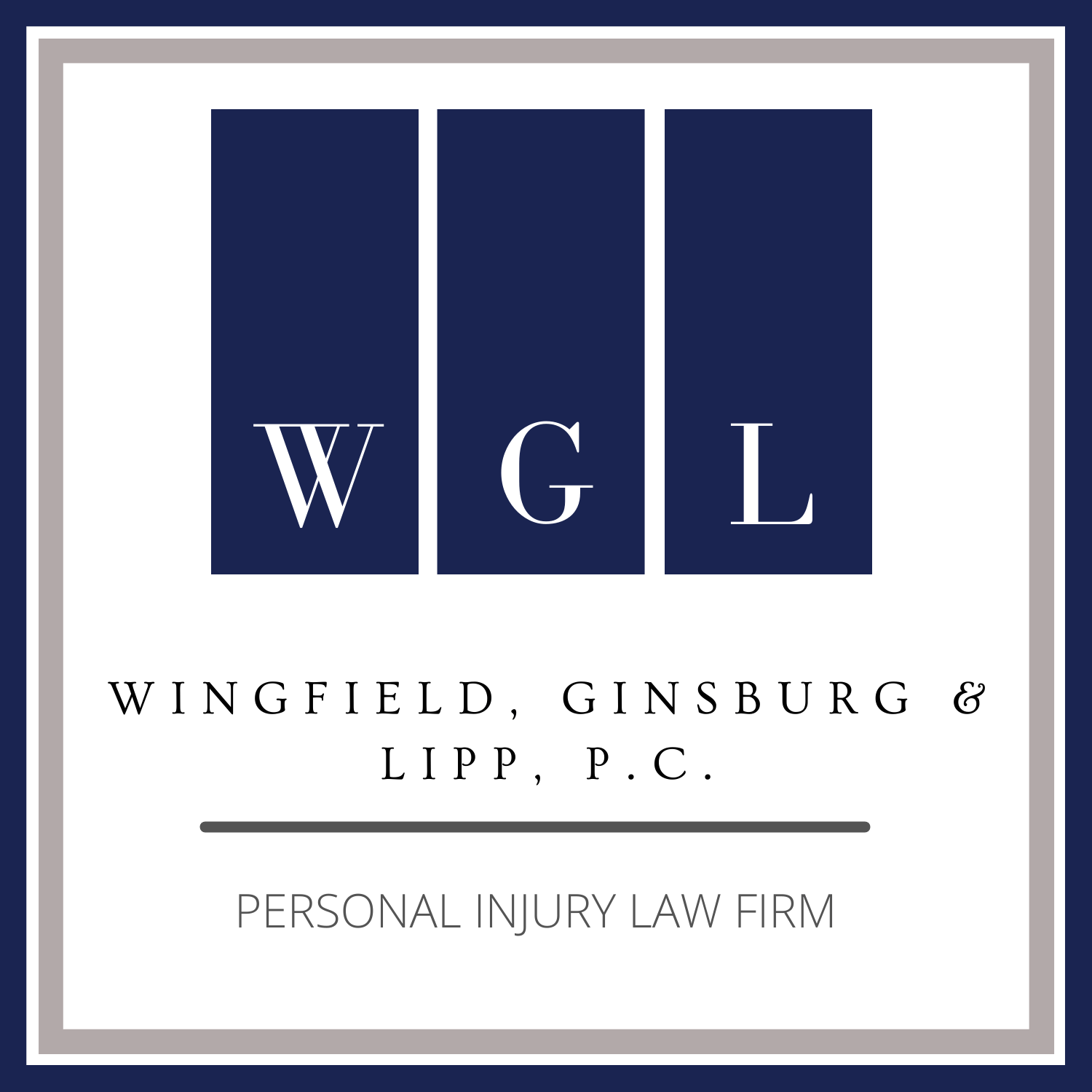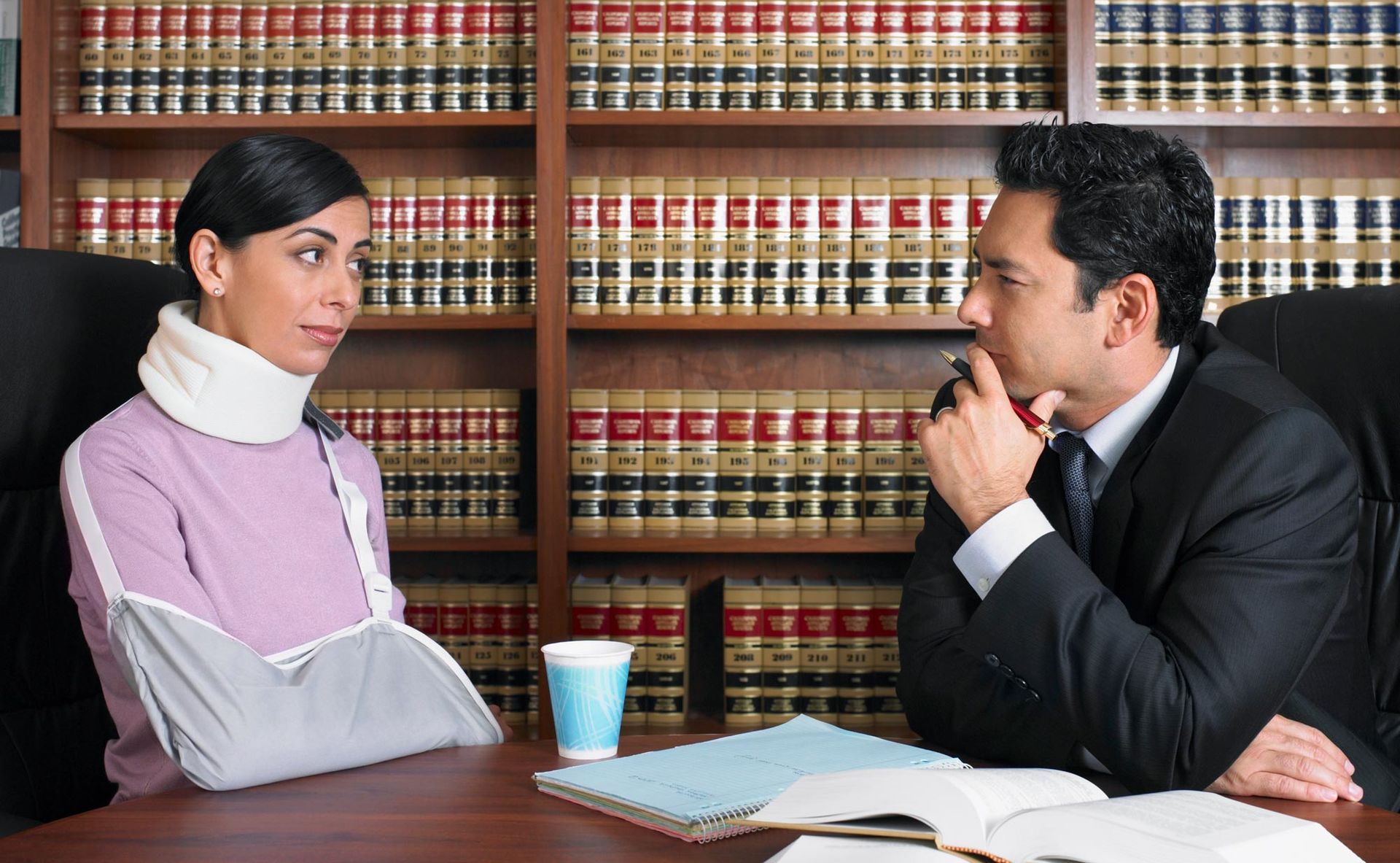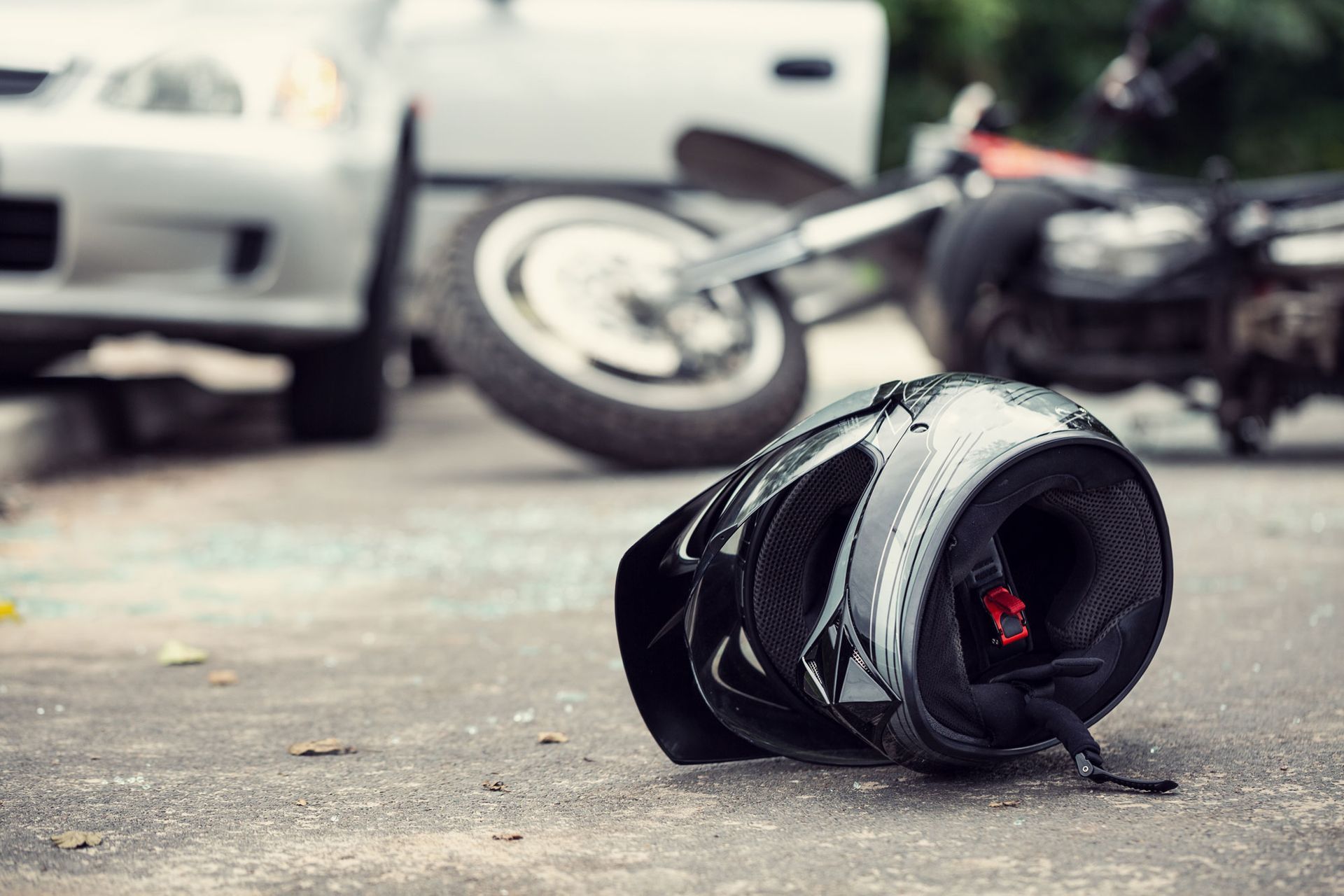Toll Free
Call Us Today
Risk Factors for Pedestrian Accidents

Nothing shields a pedestrian's body from the car's impact during a crash. As such, pedestrian accidents usually lead to catastrophic injuries and costly damages. Understanding why and where pedestrian accidents occur can help you avoid them. The understanding can also help you prove liability and pursue pedestrian accident compensation.
Below are three main categories of risk factors for pedestrian crashes.
1. Road Factors
Some road sections, designs, or issues increase the risk of pedestrian accidents. Below are some of these factors.
Intersections
Many pedestrian accidents occur at intersections when pedestrians cross or share the road with motorists. Intersection accident risk is especially high when a motorist is making a turn. In such cases, motorists typically focus on other vehicles and not pedestrians. For example, a motorist making a left turn might focus on whether it is clear for them to turn by looking at cars that are moving in the opposite direction but not looking for pedestrians.
Crosswalks
Unmarked crosswalks are dangerous because motorists might not notice them in time. A motorist approaching an unmarked crosswalk might proceed without looking out for pedestrians, increasing the crash risk.
Arterial Roadways
Arterial roadways, where intersections or lanes connect to major roads and highways, also increase pedestrian crash risks. These areas witness a high traffic density at any moment, which, coupled with the high driving speeds, increases the risk of pedestrian accidents.
Defective Traffic Lights
Lastly, pedestrian accidents are also common on road sections with defective lights because road users need traffic lights to guide them. Traffic light defects can allow a pedestrian to cross when a motorist still has the right of way, increasing crash risk.
2. Driver Factors
Drivers also cause many pedestrian accidents. Below are driver-related factors that increase the risk of pedestrian crashes.
Intoxication
An intoxicated driver has a high risk of all accidents, not just crashes with pedestrians. Intoxication increases accident risk by:
- Impairing a driver's judgment
- Interfering with a motorist's hand-eye coordination
- Impairing a driver's vision
For example, an intoxicated driver might misjudge the distance to a crosswalk, causing them not to stop in time to avoid hitting a pedestrian.
Distractions
Like intoxication, distractions also increase all accident risks. Common causes of distractions include:
- Eating
- Playing with a baby or pet
- Using the phone
For example, a distracted driver might fail to notice a pedestrian unexpectedly crossing the road, leading to a crash.
Disregard for Traffic Laws
Traffic laws keep everyone safe, and ignoring them increases the risk of pedestrian accidents. For example, a rolling stop at a red light can lead to a crash with a pedestrian. Driving above the speed limit increases a crash risk because the driver might not have time to brake before hitting the pedestrian.
3. Pedestrian Factors
Pedestrians can also contribute to crashes. Below are some ways that might happen.
Disregard for Traffic Laws
Just like motorists, pedestrians should also obey traffic laws, and their disobedience can cause accidents. For example, a pedestrian increases crash risk by:
- Crossing the road in undesignated places
- Ignoring traffic lights
- Walking on the road, even in areas with pedestrian lanes or sidewalks
Many of the issues that affect drivers also affect pedestrians and can make them cause accidents. For example, an intoxicated or distracted pedestrian can wander into the path of an oncoming car.
Failing to Look for Traffic
Pedestrians should always be on the lookout for motorists when crossing or walking by the road. For example, a pedestrian crossing a two-lane road might forget to check both directions, increasing crash risk.
The Washington courts can reduce your compensation if it deems you contributed to your accident. However, an experienced lawyer can help you deal with contributory negligence by minimizing your contribution to your damages.
Wingfield, Ginsburg & Lipp, P.C., has decades of experience with personal injury law, including pedestrian accidents. Contact us for a free initial consultation to review your case and determine the best way to get the compensation you deserve.
Contact Information
Address:
700 5th St. NW Suite 300, Washington D.C. 20001
Phone: 202-789-8000
Toll Free: 800-584-4165
Fax: 202-371-1825
Quick Links



